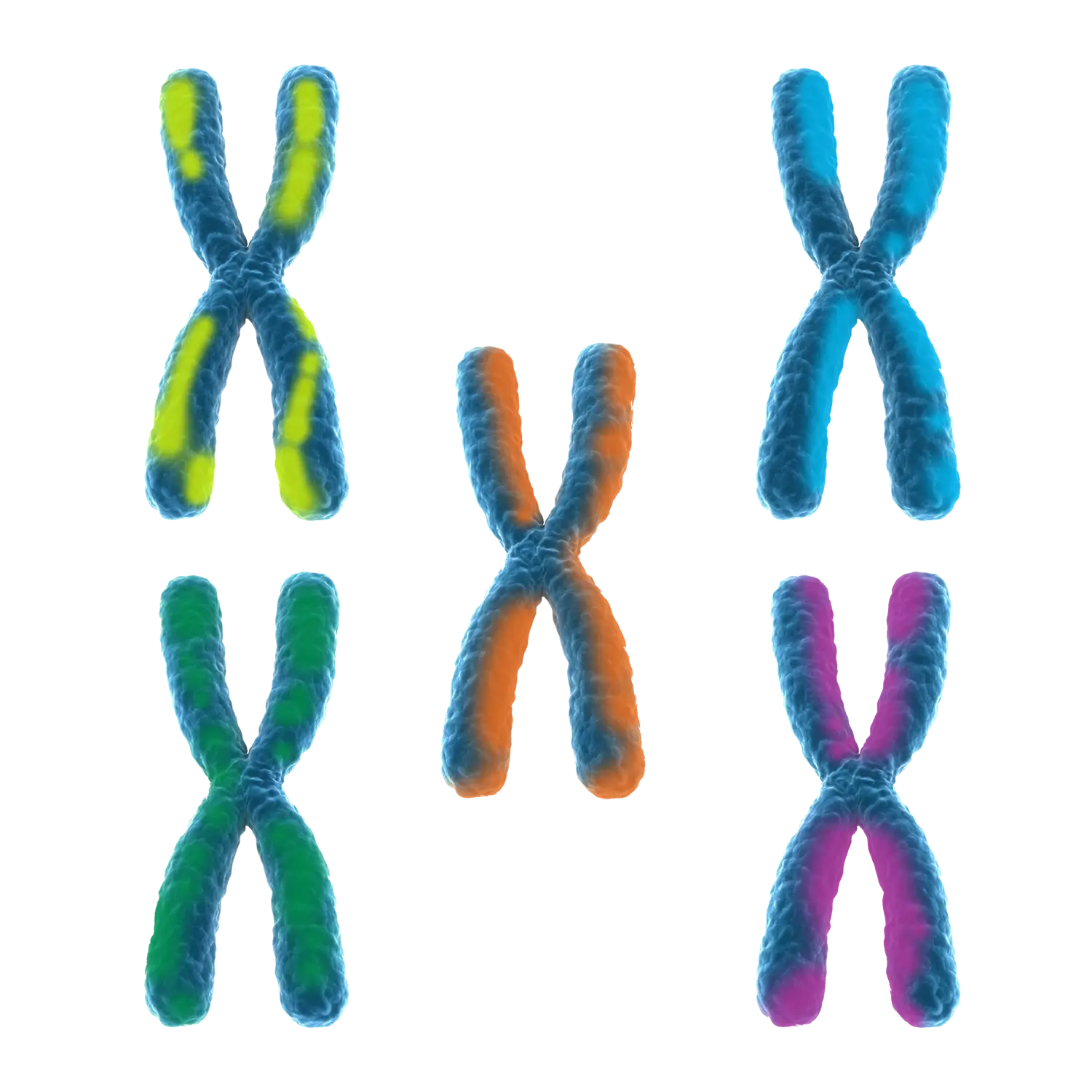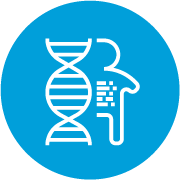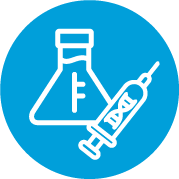Pioneering Genomic Innovation

The KROMATID Difference
Our singular focus on single-cell visualization and reporting sets us apart. Unlike other CRO's and labs that spread their expertise across multiple specialties, we dedicate 100% of our efforts to single-cell analysis. This exclusive focus allows us to serve as an orthogonal confirmation and testing partner for your research and IND submissions. Our detailed reporting delivers actionable insights, empowering you to make data-driven decisions with confidence.
By partnering with KROMATID, you're ensuring that the treatments you develop are as safe and effective as possible, ultimately helping patients receive the right therapies.
Introducing the KROMASURE™ Platform
KROMATID’s KROMASURE™ Platform is a fit-for-purpose solution designed to offer clarity for your cell and gene therapy research.
2025: A Pivotal Year for Genomic Insight - and What Comes Next in 2026
Ensuring Genomic Integrity in Allogeneic Cell Therapy Development
Navigating the Hidden Risks of CRISPR with the KROMASURE™ Platform
Our Expertise Includes
- Orthogonal Testing to Sequencing
- Starting Material Analysis
- Donor Cell Testing
- IND Submissions Testing
- Transgene Mapping
- Translocation Visualization
- Gene Editing Analysis
- Genomic Integrity Analysis
Key Benefits
- Single-Cell Analysis: Unparalleled insight into genome integrity and chromosomal rearrangement.
- Data Integrity: Increases confidence for FDA submissions and regulatory reporting.
- High-Confidence Insights: Actionable insights into on- and off-target edits, structural variants, and chromosomal integrity.
- Scalability and Customization: Customized, orthogonal analysis packages for various stages of research and product development.
The KROMASURE™ platform data is essential for any cell and gene therapy development process from discovery to production.
The KROMASURE™ Advantage
For cell and gene therapy researchers, biotech and pharma companies, and regulatory professionals, KROMATID’s KROMASURE™ Platform provides high-confidence, single-cell insights into chromosomal integrity, structural variants, and transgene mapping. Our technology offers scalable, actionable data with unprecedented clarity.
Edit Integrity

Genomic Integrity

Starting Material Analysis

transgene Mapping

The KROMASURE™ Advantage
For cell and gene therapy researchers, biotech and pharma companies, and regulatory professionals, Kromatid’s KROMASURE™ Platform provides high-confidence, single-cell insights into chromosomal integrity, structural variants, and transgene mapping. Our technology offers scalable, actionable data with unprecedented clarity.
KROMASURE™ Screen
Karyotyping like you have never seen before
- High-sensitivity karyotyping for chromosome mutation profiling.
- Detects translocations, inversions, and insertions as small as 20kb. Learn More about KROMASURE™ Screen
KROMASURE™ KBand
Integrity G-Banding and Advanced Karyotyping
- Genomic integrity G-Banding with valuable insights into structural variants.
- Comprehensive comparative analysis and sub-clonal detection. Learn More about KROMASURE™ KBand
KROMASURE™ InSite
dGH for Edit Site Integrity and Transgene Mapping
- Detects small structural variants and transgene inserts.
- Direct visualization of structural variants on a single-cell basis. Learn More about KROMASURE™ InSite
KROMASURE™ PinPoint
High-Resolution Assay
- Custom probes for high-resolution, fit-for-purpose results.
- Expertise in culture, harvest, slide preparation, and hybridization. Learn More about KROMASURE™ PinPoint

GLP and GMP Services
From Research to Batch Release Testing
KROMATID’s GLP & GMP Services support your pipeline from the research phase, through IND filing, to batch release testing.

